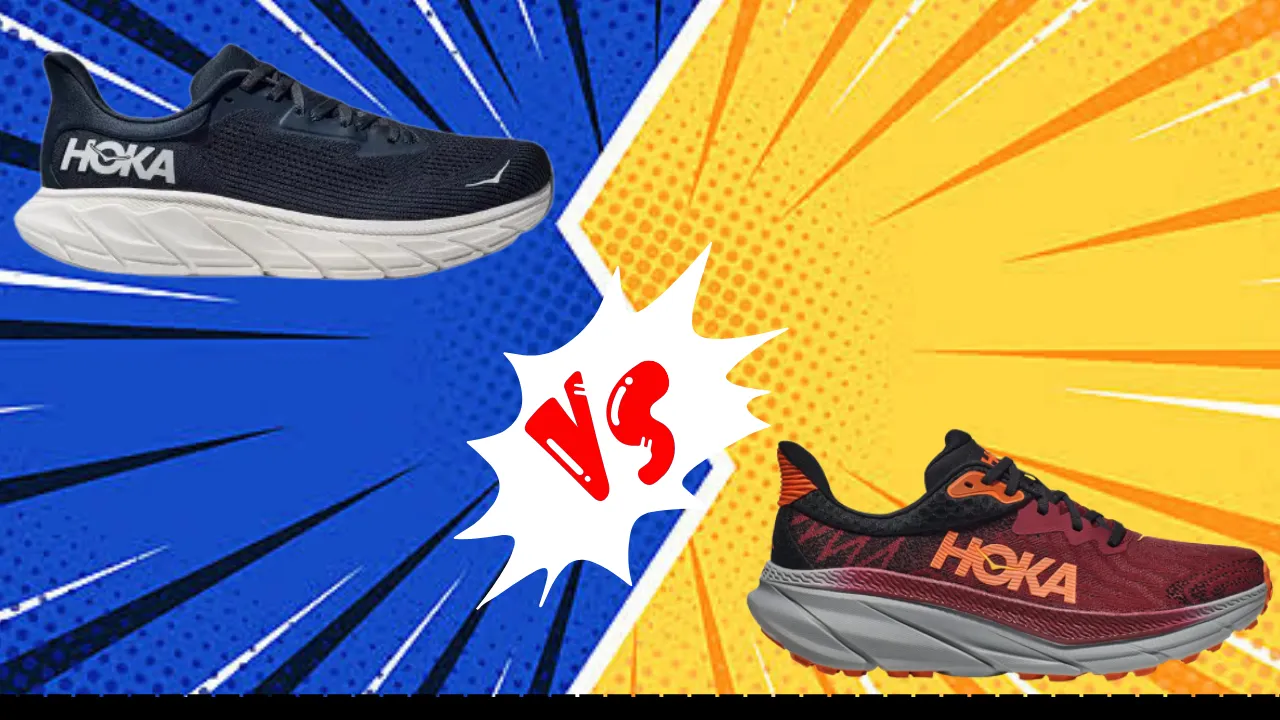With so many running shoes to choose from, it can be tough to decide which model is right for you. Two popular stability shoes from Hoka are the Arahi 7 and the Challenger 7.
Both offer cushioning and support, but they also have some key differences. This in-depth comparison examines the specs, features, and performance of the Arahi 7 and Challenger 7 to help you determine which is the better shoe for your needs.
Similarities And Differences Between Hoka Arahi 7 And Challenger 7:
| Features | Hoka Arahi 7 | Hoka Challenger 7 |
|---|---|---|
| Launched In | 2024 | 2023 |
| Stability | Moderate | Some |
| Flexibility | Medium | Medium |
| Sizing | Men’s 7-13, Women’s 5-11 | Men’s and Women’s standard |
| Weight | 8.1 oz (W), 9.9 oz (M) | 8.9 oz |
| Cushion | Moderate | High |
| Outsole | Rubber | Rubber with multi-directional lugs |
| Midsole | Compression molded EVA | Balanced, plush EVA |
| Upper | Flat-knit mesh | Engineered mesh |
| Retail Price | $145 | $145 |
Features Comparison:
Materials:
The Arahi 7 uses a rubber outsole, a compression molded EVA midsole, and a flat-knit mesh upper. The outsole provides durability and traction. The EVA midsole offers a firm, responsive cushioning. The flat-knit mesh upper provides a secure, comfortable fit.
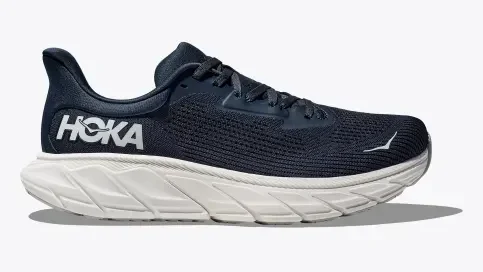
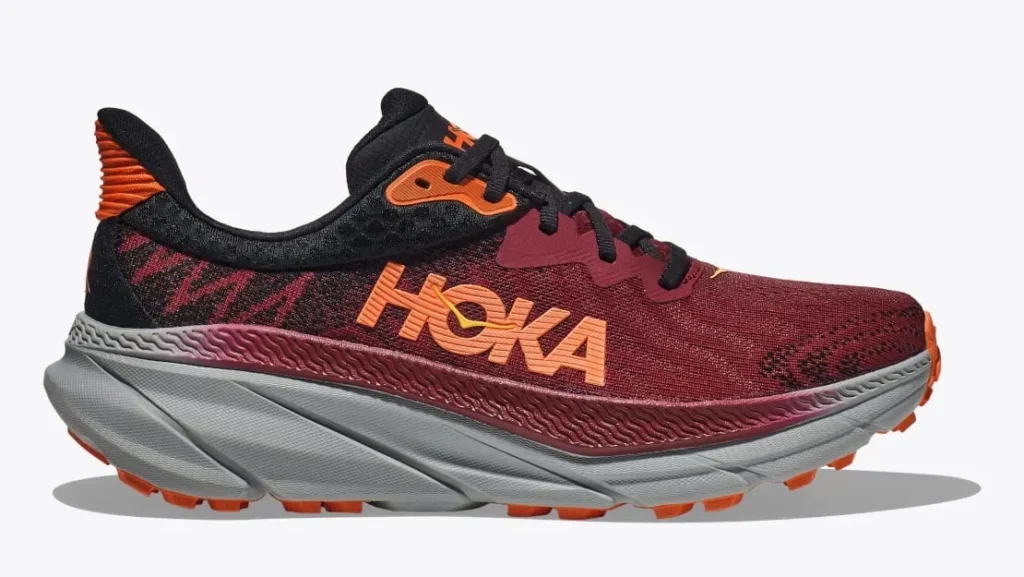
The Challenger 7 has a rubber outsole with a mix of small and large lugs for a multi-surface grip. The midsole uses a balanced, plush EVA foam for soft cushioning. The upper is an engineered mesh for breathability and structure. The materials make the Challenger 7 a well-cushioned, versatile trail shoe.
Durability:
In terms of durability, the Arahi 7 tends to be quite sturdy and long-lasting thanks to features like the rubber outsole and EVA midsole. The outsole rubber protects against wear and tear, while the durable EVA foam retains its cushioning for many miles. The upper also maintains its structure and support. This makes the Arahi a good choice for heavy mileage training.
The Challenger 7 is also built to be durable, with a rubber outsole equipped to handle abrasive trail surfaces. The EVA foam midsole maintains its bounce over time. The engineered mesh upper is designed to withstand debris and moisture while retaining its shape.
Altogether, the Challenger 7 provides lasting performance over changing outdoor terrain. Between the two, the Arahi 7 may have a slight edge in overall durability.
Fit:
In terms of fit, the Arahi 7 runs true to size for most runners. It has a wider toe box to accommodate wider feet. The flat-knit upper material provides flexibility to adapt to different foot shapes. The midfoot has mild structure to securely cradle the foot. Overall, it fits snugly while allowing some room for natural toe splay.
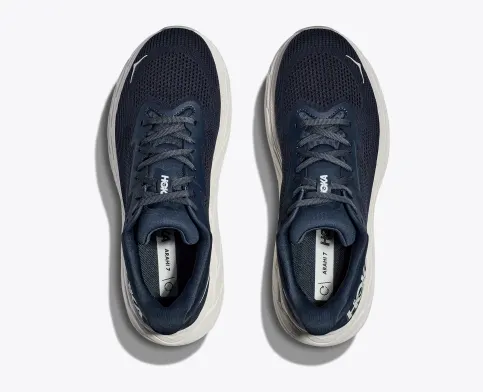
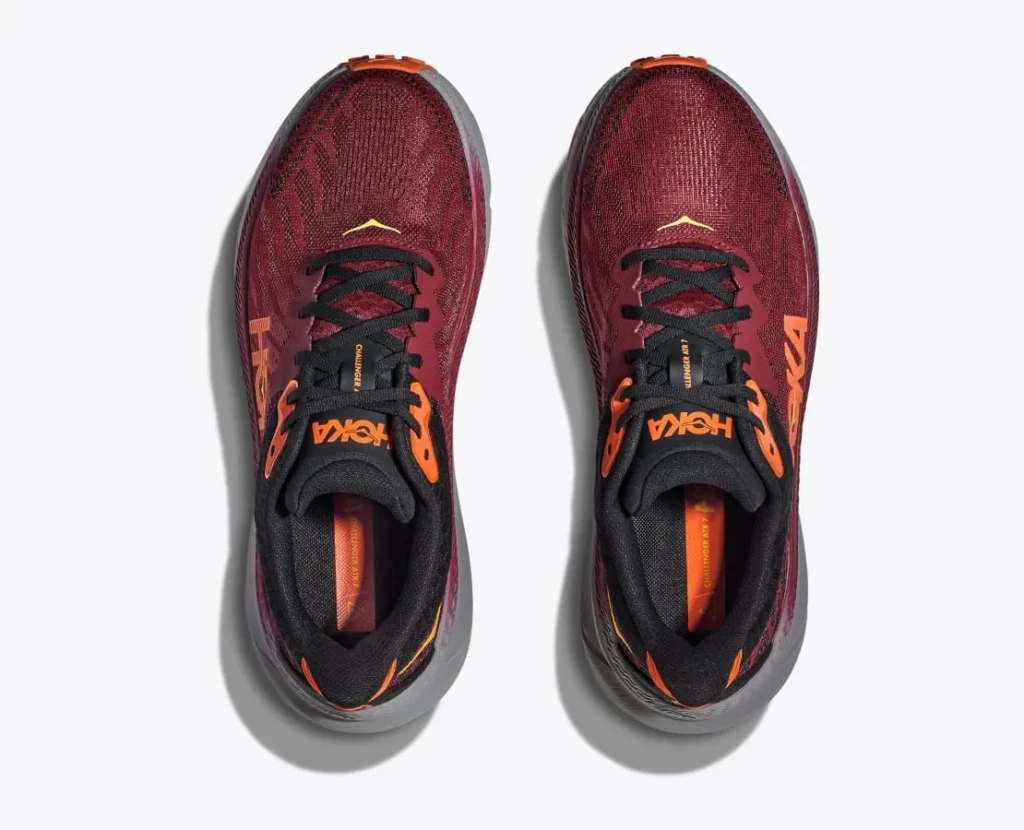
The Challenger 7 also runs true to size. It fits securely from heel to toe thanks to the foot-hugging engineered mesh upper. But the toe box allows for some wiggle room and natural splaying.
The midfoot has just enough structure to keep the foot from sliding around inside the shoe. For those with wider feet, the Arahi 7 may provide a more spacious and forgiving fit. The Challenger 7 offers a snugger, more precise locked-in fit.
Stability:
For stability, the Arahi 7 is designed specifically to provide moderate overpronation control. It utilizes a J-frame in the midsole, with raised foam on the medial side to prevent excessive inward foot rolling. The firm midsole also resists compression to keep the foot stable. Additionally, the upper securely cradles the foot. Altogether, the Arahi 7 gives supportive stability for overpronators.
The Challenger 7 offers some stability from its well-cradling upper and mildly structured midsole. It provides a stable platform for neutral runners on uneven trails. But for severe overpronators, the Challenger 7 may not provide enough correction.
It lacks reinforced anti-rollover measures in the midsole like the Arahi’s medial post. So for runners needing more focused stability, the Arahi 7 is the better choice. But the Challenger 7 is sufficient for many neutral trail runners.
Cushioning:
Looking at cushioning, the Arahi 7 uses compression-molded EVA foam to deliver a moderately cushioned, responsive ride. The full-length EVA midsole aims to provide soft yet energetic cushioning that protects your joints without sacrificing ground feel. The rocker-shaped outsole also adds some bounce to each step. Overall, the Arahi offers cushioning suited for easy long runs and tempo workouts.
The Challenger 7 maximizes plush, highly cushioned comfort underfoot. The full-length EVA midsole utilizes a softer foam compound to isolate impact while maintaining energy return. The rockered heel furthers the smooth heel-to-toe transition.
This makes the Challenger ideal for ultramarathon distances over technical trails where maximum cushioning is desired. For neutral runners preferring a softer feel, the Challenger 7 provides superior plushness over the firmer Arahi.
Value:
At the same price point of $145, the Arahi 7 and Challenger 7 provide good value depending on the purpose. For stability-focused road running, the Arahi 7’s medial post, structured upper, durable cushioning, and breathable fit make it a high-value stability shoe. You get excellent function for the price as an overpronator.
For trail running, the Challenger 7 supplies versatile off-road performance across changing terrain along with durable, ultra-plush cushioning. You get strong technical capability and comfort for the price tag.
So if you want a well-rounded trail shoe that can go the distance in comfort, the Challenger 7 is a great value. In summary, each model provides excellent value by delivering quality features tailored to their specific running purposes.
Performance Comparison:
Walking:
For walking, the Arahi 7 performs well thanks to the structured cushioning providing a smooth walking stride. The stability elements also prevent rolling the foot inward, promoting proper alignment when walking. The breathable upper keeps feet comfortable when worn for casual walks.
However, the Challenger 7 may be slightly better optimized for walking trails with its lugged outsole biting into dirt and gravel. The ultra-plush midsole also helps absorb impact from walking on unpaved surfaces. So while both work for walking, the Challenger 7 takes the edge for versatility on variable terrain.
Running:
For running, the Arahi 7 excels at stabilizing road runs at easy paces or faster speeds like tempo workouts. The structured midsole guides overpronating runners, while the rocker design facilitates forward motion.
The Challenger 7 is better equipped for off-road runs over dirt, gravel, and technical trails. It provides more cushioning on uneven terrain while the multi-directional lugs provide traction.
The two models each cater to different types of running – the Arahi 7 for roads and the Challenger 7 for trails. Pick the shoe aligned with the surfaces you plan to run.
Plantar Fasciitis:
For plantar fasciitis, the Arahi 7 can provide relief with its stable, structured cushioning. The EVA foam midsole absorbs shock from heel strikes while limiting excessive foot motions that aggravate plantar fasciitis. The rocker sole also encourages smooth transitions.
However, the Challenger 7 may be better equipped to handle PF pain thanks to its ultra-plush cushioning. The softer midsole compound absorbs more shock and stress on the plantar fascia ligament and heel. So runners with PF may find the Challenger 7 lessens discomfort, especially over long distances.
Standing All Day:
For standing all day, the Arahi 7 again fares well thanks to its durable cushioning maintaining comfort and support mile after mile. The structured sole also prevents the foot from fatiguing or rolling inward.
However, the Challenger 7 seems optimized for all-day wear, with its exceptional plush cushioning underfoot. The soft EVA midsole and rocker design keep feet feeling fresh even after hours of standing.
Furthermore, the roomy toe box allows toes to relax rather than being restricted all day. Overall, the Challenger 7 takes the lead for comfort during extended standing periods.
final verdict:
In summary, the Hoka Arahi 7 is the better choice for road runners who need stability for moderate overpronation. It excels at controlling excess foot rolling while providing responsive cushioning mile after mile.
The Hoka Challenger 7 shines for neutral runners hitting the trails. It supplies versatile grip across surfaces while delivering ultra-plush comfort over any distance. The Challenger 7 is also slightly better suited for walking, alleviating plantar fasciitis, and standing all day.
So consider if you need stability correction versus maximum cushioning when deciding between these two shoes. Pick the model that aligns with your running environment, gait needs, and comfort preferences.

